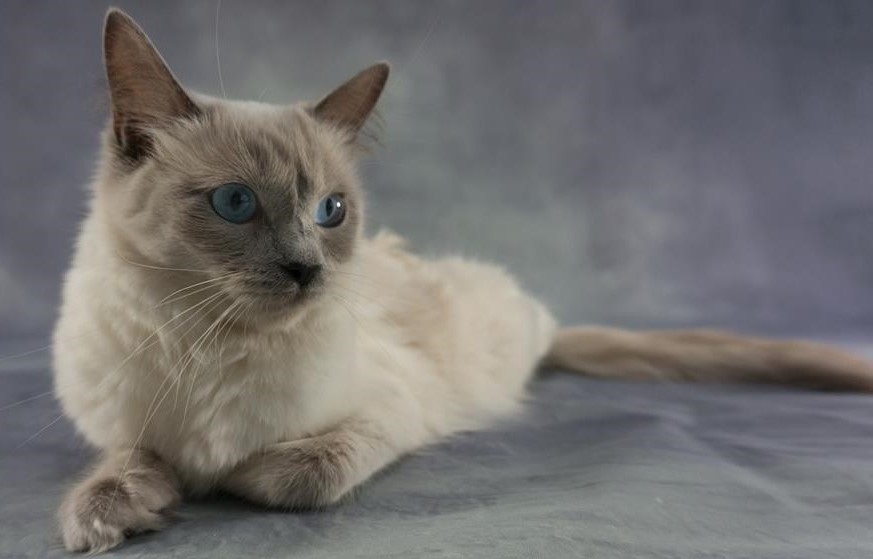Ragdoll cats, known for their striking blue eyes, sweet temperament, and luxurious fur, have unique characteristics that set them apart from other feline breeds. One aspect of cat behavior that many Ragdoll owners may be curious about is tail movement. In this article, we will explore whether Ragdoll cats wag their tails and what this behavior might signify.
-
Tail Language in Cats
To understand whether Ragdoll cats wag their tails, it’s essential to first grasp the significance of tail movement in feline communication. Cats use their tails to express a wide range of emotions and intentions. Here are some common tail positions and their meanings:
- Tail Up: A tail held high indicates a confident and content cat.
- Tail Down: A tail pointed downwards can signal submission or unhappiness.
- Tail Puffed Up: A puffed-up tail is a sign of agitation or fear.
- Tail Tucked Under: A tucked tail suggests extreme fear or discomfort.
- Tail Twitching or Flicking: Rapid tail movements often indicate excitement, irritation, or anticipation.
-
Ragdoll Cat Tail Behavior
Ragdoll cats, like all cats, use their tails to communicate their feelings. While Ragdolls are known for their calm and laid-back nature, they can exhibit a range of tail behaviors based on their mood and situation. However, Ragdolls are generally not known for vigorous tail wagging, unlike some other cat breeds.
Ragdolls tend to have a gentle and relaxed temperament, and their tail movements often reflect this demeanor. They may perform subtle tail twitches or slow swaying, but these actions are typically more subdued than the energetic tail wagging seen in more excitable breeds.
-
Tail Movements and Emotions
Ragdoll cat tail movements can provide insight into their emotions. Here are some common tail behaviors and their associated emotions:
- Slow Swishing: A slow, rhythmic swish often indicates a relaxed and content Ragdoll. Your cat may be in a good mood and feeling comfortable.
- Twitching: Gentle tail twitches can signify mild curiosity or alertness. Your Ragdoll may be observing something interesting.
- Tail Held High: If your Ragdoll holds its tail high, it is likely feeling confident and happy in its environment.
- Puffed Tail: A puffed-up tail is usually a sign of distress, fear, or aggression. It’s essential to identify the cause of this behavior and address it appropriately.
Conclusion
While Ragdoll cats are not typically known for vigorous tail wagging, they do exhibit various tail movements to communicate their emotions and intentions. These movements can range from slow swishing to gentle twitches, reflecting their calm and gentle temperament. Understanding your Ragdoll’s tail language can help you better respond to their needs and emotions, fostering a deeper bond between you and your beloved feline companion. If you ever notice unusual or persistent changes in your Ragdoll’s tail behavior, consult with a veterinarian to rule out any underlying health issues.



